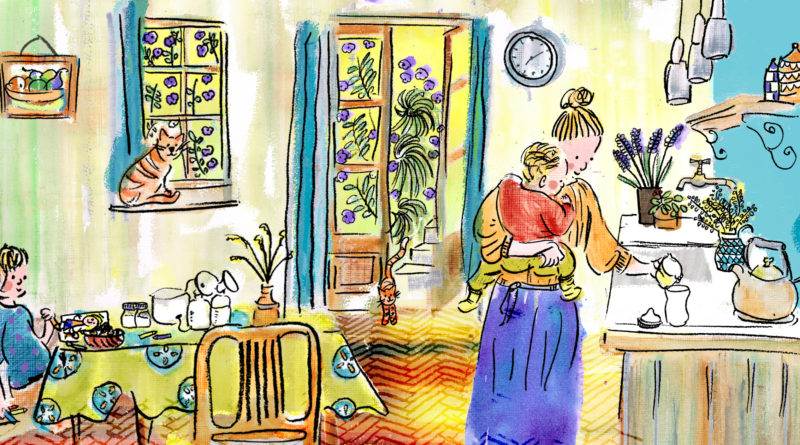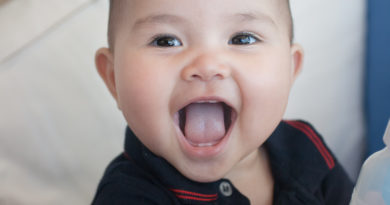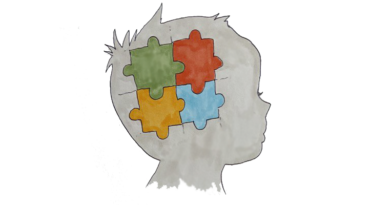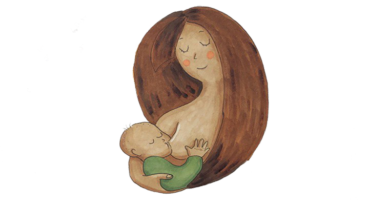Breastfeeding and Storage
Born into the world and confronted with new and different germs and infections, a newborn’s strongest defence comes from the mother’s colostrum – a substance produced by the breast during pregnancy and just after birth. It contains many antibodies that help the baby’s fight infections and bacteria.
Human milk provides disease resistance to babies that cannot be duplicated in any other way. It contains immunoglobulins, leukocytes and anti-inflammatory factors that help a baby’s immune system to mature after birth.
Babies who are exclusively breastfed from birth through their first six months of life are given the best start to life. And why? Because it provides perfect nutrition and everything needed for health, growth and brain development, protection from respiratory infections. It is also the best nutrition for the baby’s intestinal tract, which is not fully matured until around six months.
If it is not always possible to nurse your baby in the early months, you may consider expressing or pumping out your milk, as an alternative method of feeding. Although some of the nutrients and infective properties change with storage, expressed milk is still much better nutritionally for your baby than formula.
There are a few points to be aware of when pumping and storing mother’s milk. Hygiene is essential so wash your hands before expressing or handling human milk; clean the pump either with hot soapy water or even sterilize; keep the refrigerator, freezer, containers or bags etc. clean; place containers of milk in a clean bag or lidded box; keep the milk away from meat and eggs.
Use milk containers with well-fitting tops, made of glass or plastic, or special human milk storage bags. Wash and airdry before use or wash and dry in a dishwasher. Leave a small space at the top of the container to allow the milk to expand as it freezes. Label the container with the date and your baby’s name if you are giving the milk to a child minder or a nurse. Use 2-4 oz (60 -120 ml) size containers until you know how much milk is needed at a feeding. Small quantities thaw quickly.
It is quite normal for expressed milk to look thin, bluish, yellowish or even brownish in colour and it can separate into a milk layer and a cream layer when stored.
Thaw and heat with care. Never warm breastmilk in a pan on a cooker, or in a microwave. Microwaves do not heat liquids evenly, so there could be hot spots which would be dangerous for your baby and may burn their mouths when drinking.
Milk can be defrosted in the refrigerator to avoid unnecessary heating and should be used within 24 hours. If this is not an option then hold the container with the frozen milk under cool running water, and gradually increase the temperature to heat the milk to the right feeding temperature. Alternatively, immerse the container with the frozen milk in a bowl of warm water. Remove and reheat the water if necessary. Do not stand in a pan of water on the cooker.
Milk stored in the refrigerator retains more goodness than frozen milk. Some anti-infective properties are lost when it is frozen, but it still helps protect babies and is far superior to any formula.
It’s best to throw away left over frozen or heated milk. It is not known how long it is safe to keep breastmilk in a bottle after a feed but is probably not more than two hours. In order to avoid wastage, only offer small amounts at a feed.
When away from home, keep expressed breastmilk in a communal refrigerator at the workplace or childcare centre. Label clearly with baby’s name. If no cooling facilities are available, use an insulated container with deep-frozen ice packs to enable it to stay at refrigerator temperature for up to 24 hours. The La Leche League website offers more information regarding returning to work and expressing and storing breast milk.
If baby or mother has a thrush or yeast/fungus infection, Dr. Mohrbacher quotes research that while freezing may not kill yeast in a mother’s milk, it is still recommended that the baby continues to nurse from the mother, during the outbreak and treatment. So, while being treated continue to express milk and give to baby. Label any milk stored while you or baby are undergoing treatment. Be aware that refrigerating or freezing milk does not kill yeast. It is best to discard pumped milk during thrush treatment. Research also shows that using frozen milk pumped during thrush treatment should not pose any risk to healthy babies. Very important is to follow the hygiene rules like hand washing after changing diapers, or using the toilet, use paper towels and throw away, rather than cloth towels, and use disposable breast pads while thrush is still present. If the baby has stomach problems, mother can drink fennel tea which will pass into the breastmilk and offer relief.
Breast Milk is the best gift a mother can give her baby – a gift which lasts a whole lifetime.
Reference “Breastfeeding Answers made Simple” by Dr. Nancy Mohrbacher, IBCLC.
Written by Joanna Koch
Joanna has been a La Leche League advisor since the early 1990s and involved in Mothering Matters (now Family Matters Switzerland) since its inception, helping mothers, fathers and families over many years. Joanna has three children and eight wonderful grandchildren. Check out www.lalecheleague.ch, where there is expert and well-researched information on breastfeeding. Feel free to give one of the LLL leaders a call or send an email.
Illustration by Lemady Rochard
Lemady is a British artist and illustrator living near Einsiedeln. Her first illustrated book ‘The Little Mermaid’s Son’ by Annahita de la Mare was published in December 2020 and is available on Amazon. She also runs Storycraft classes and parties for children at the Storycraft Studio in Rüschlikon, ZH. She has a background in theatre arts and children’s literature. More information and contact details are on her website http://www.lemady.ch Facebook: http://www.facebook.com/lemadyart Instagram: http://www.instagram.com/lemady_art




